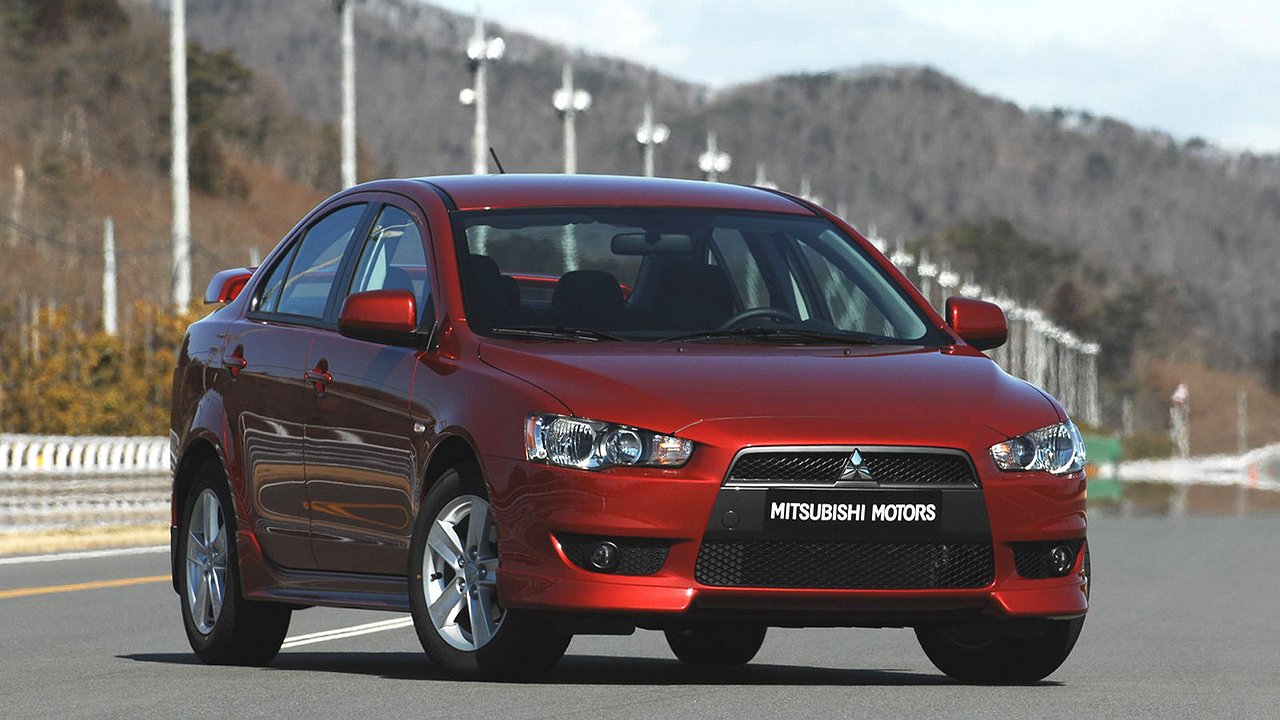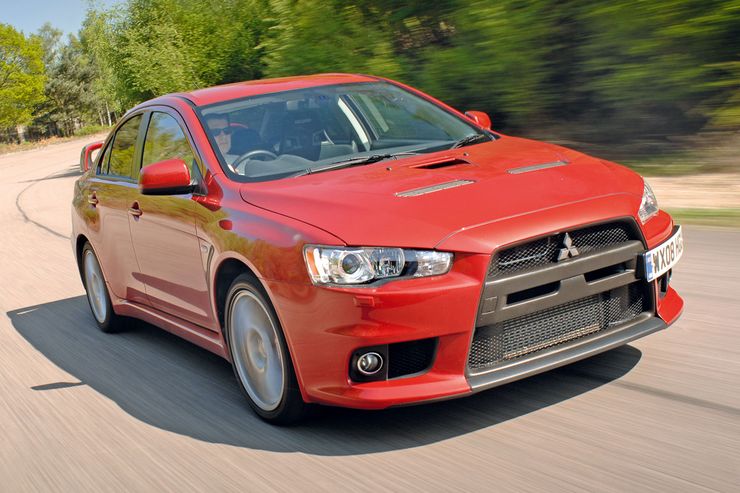What problems does a buyer of a used Mitsubishi Lancer X face?
- March 14, 2023
- 0
The “tenth” Lancer is a true legend of the automotive industry. A stylish and unpretentious car with a wide range of engines was successful not only in Russia,
The “tenth” Lancer is a true legend of the automotive industry. A stylish and unpretentious car with a wide range of engines was successful not only in Russia,

“Lancer” appeared on the assembly line in 2007 and was restyled in 2010. Interestingly, the model is still in production in some markets. For example, in Malaysia, the “four-door” is known under the Proton brand. This suggests that even now the “Japanese” has not lost its consumer qualities.
As for Russia, in 2010, marketers removed from the line a hatchback with a 2-liter engine. But it was sold with all-wheel drive, which is structurally similar to what works on the Outlander.
By the way, the Lancers going to our market were assembled in Japan. Apparently that’s why they’re painted and “anti-corrosion” as they should be. The bottom line is that rust appears on the body quite rarely.
The interior is old fashioned, but quite sturdy. Plastic, even in very “used” ones, does not creak. The only thing to pay attention to is the air conditioning system. Dirt clogs the gap between the radiators of the engine and the “kondeya”. To prevent overheating, remove and wash the coolers. Usually this happens every 50,000 km.
The Russian range of engines included petrol engines with a capacity of 1.5 liters (109 hp), 1.6 liters (117 hp), 1.8 liters (143 hp) and 2.0 liters (150 ls). The first two are maslozhory, especially if you regularly press the gas pedal to the floor. Due to increased waste, grease residues clog the oil channels and subsequently the rings of coke. A more powerful pair from the 4B family is much more reliable. The resource of these units before overhaul is an impressive 200,000 km. So if you choose a car, then only with a 1.8 or 2 liter “heart”. But you have to be careful. Both work together with the most problematic place in the car: the variator.
The CVT from the Japanese company Jatco is capricious and requires qualified maintenance. Yes, and the cooling radiator is in the dirtiest place. Because of this, it quickly becomes clogged with dirt and the “varik” overheats. Interestingly, after restyling, the node was removed altogether! Therefore, many owners “homemade” put the cooler back in place to extend the life of the gearbox.
With the suspension, the focus is on the “rubber bands”. They “live” only 60,000 km. And at 90,000 km, one of the ball bearings is usually replaced. Each support comes with a handle. As for shock absorbers, their resource is about 120,000 km.
But overall, the Lancer X is a pretty fluid car. And he is strong and interesting in appearance. The engines are reliable, only the transmission needs attention.

“Lancer” appeared on the assembly line in 2007 and was restyled in 2010. Interestingly, the model is still in production in some markets. For example, in Malaysia, the “four-door” is known under the Proton brand. This suggests that even now the “Japanese” has not lost its consumer qualities.
As for Russia, in 2010, marketers removed from the line a hatchback with a 2-liter engine. But it was sold with all-wheel drive, which is structurally similar to what works on the Outlander.
By the way, the Lancers going to our market were assembled in Japan. Apparently that’s why they’re painted and “anti-corrosion” as they should be. The bottom line is that rust appears on the body quite rarely.
The interior is old fashioned, but quite sturdy. Plastic, even in very “used” ones, does not creak. The only thing to pay attention to is the air conditioning system. Dirt clogs the gap between the radiators of the engine and the “kondeya”. To prevent overheating, remove and wash the coolers. Usually this happens every 50,000 km.
The Russian range of engines included petrol engines with a capacity of 1.5 liters (109 hp), 1.6 liters (117 hp), 1.8 liters (143 hp) and 2.0 liters (150 ls). The first two are maslozhory, especially if you regularly press the gas pedal to the floor. Due to increased waste, grease residues clog the oil channels and subsequently the rings of coke. A more powerful pair from the 4B family is much more reliable. The resource of these units before overhaul is an impressive 200,000 km. So if you choose a car, then only with a 1.8 or 2 liter “heart”. But you have to be careful. Both interact with the most problematic part of the car: the variator.
The CVT from the Japanese company Jatco is capricious and requires qualified maintenance. And the cooling radiator is in the dirtiest place. Because of this, it quickly becomes clogged with dirt and the “varik” overheats. Interestingly, after restyling, the node was removed altogether! Therefore, many owners “homemade” put the cooler back in place to extend the life of the gearbox.
With the suspension, the focus is on the “rubber bands”. They “live” only 60,000 km. And at 90,000 km, one of the ball bearings is usually replaced. Each support comes with a handle. As for shock absorbers, their resource is about 120,000 km.
But overall, the Lancer X is a pretty fluid car. And he is strong and interesting in appearance. The engines are reliable, only the transmission needs attention.
Source: Avto Vzglyad
Donald Salinas is an experienced automobile journalist and writer for Div Bracket. He brings his readers the latest news and developments from the world of automobiles, offering a unique and knowledgeable perspective on the latest trends and innovations in the automotive industry.